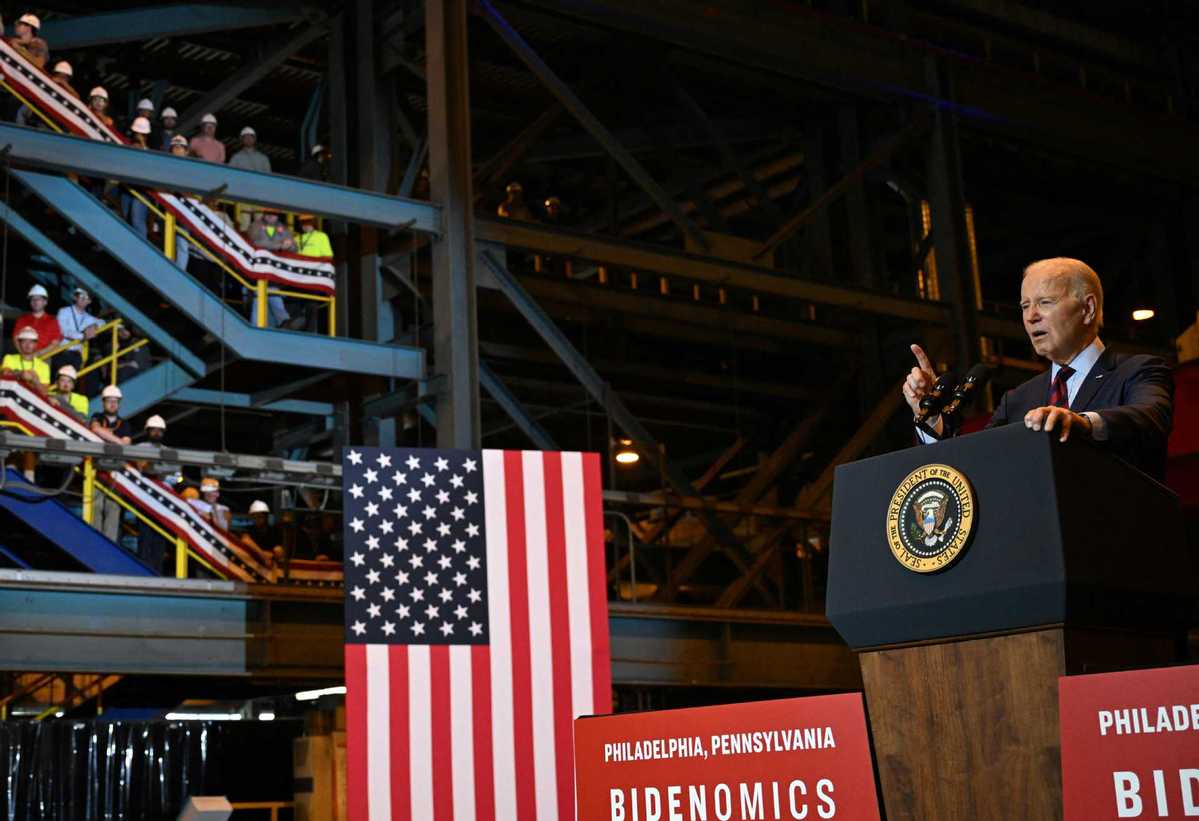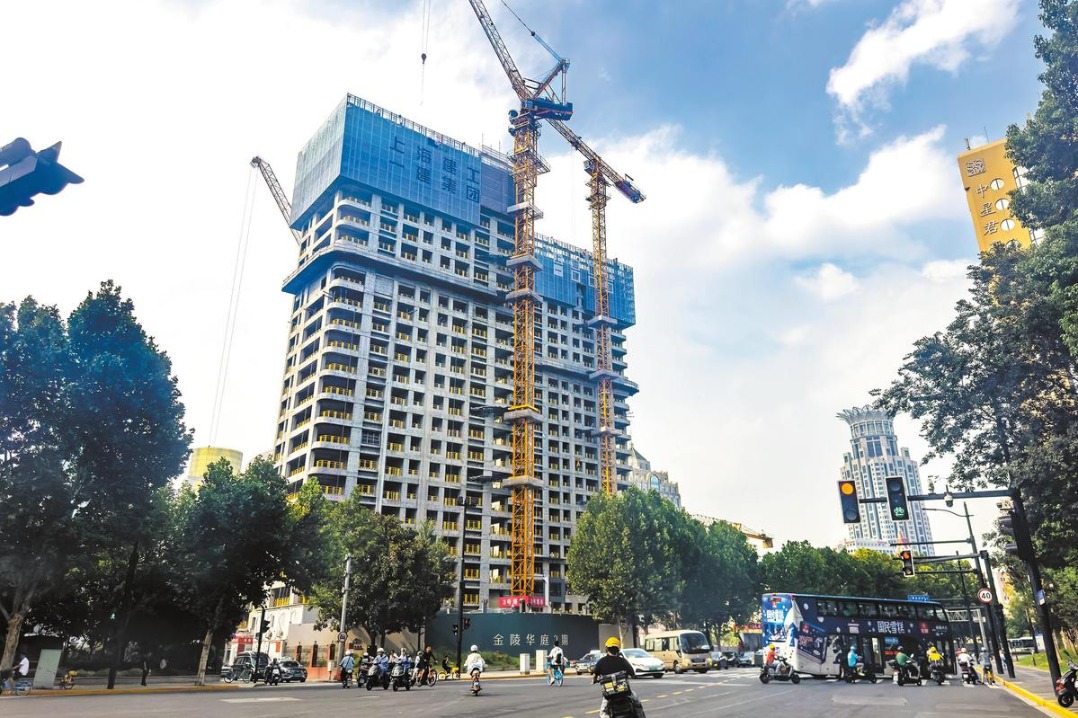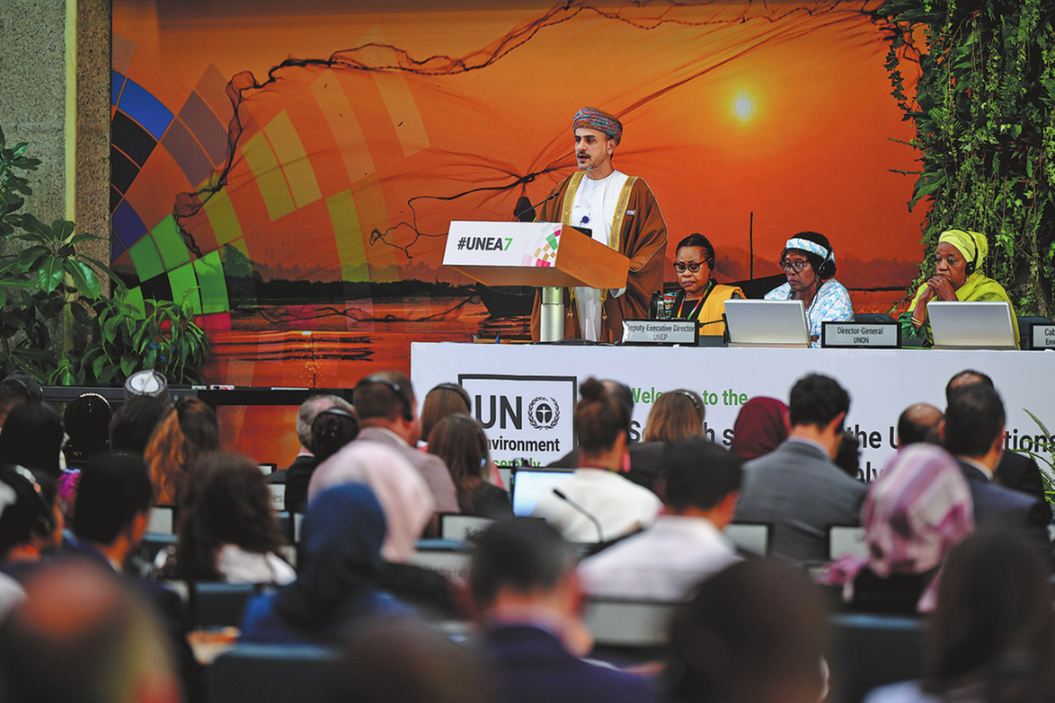Pointing to infrastructure 'gap' a political stunt


In the speech he delivered at Auburn Manufacturing Inc, a maker of fire-resistant textiles and fabrics in Mechanic Falls, Maine, on Friday, US President Joe Biden touted his economic policies and defended his signing of an executive order intended to boost domestic manufacturing and infrastructure.
Biden refuted the Republicans' allegation that the inflation inflicting the US economy is attributable to the administration's rigid and shortsighted economic policies, holding the aftereffects of the COVID-19 pandemic, the Ukraine crisis and the global downward economic pressure accountable for them.
It was against that backdrop that Biden in his Friday speech compared the US' infrastructure construction with that of China, claiming the US lags behind China in such fields as roads, bridges, airports and high-speed railways, raising a question to his audience: How can the US lead the world that way?
This is not the first time Biden has portrayed the US as lagging behind China to defend his administration's grand spending policies on infrastructure, with the insinuation between the lines that it is China's advantages over the US that make it a threat.
It has also been part of his administration's foreign policy to try and persuade the US' allies to counter China's influence in infrastructure construction worldwide. But that endeavor has so far made little headway as the US as well as its allies have not been willing to foot the bill for building infrastructure in the less-developed countries.
In fact, the so-called infrastructure gap between China and the US is a false proposition.
The two economies are in different development stages and have different comparative advantages — technology and innovation on the part of the US, scale and efficiency on the part of China. Their complementarity should be the foundation for win-win cooperation.
The US, as the economy at the top of the global value and supply chains, also benefits indirectly, but tremendously, from China's strong infrastructure construction capacity that has helped improve the foundation for the economic takeoff of many less-developed countries.


































